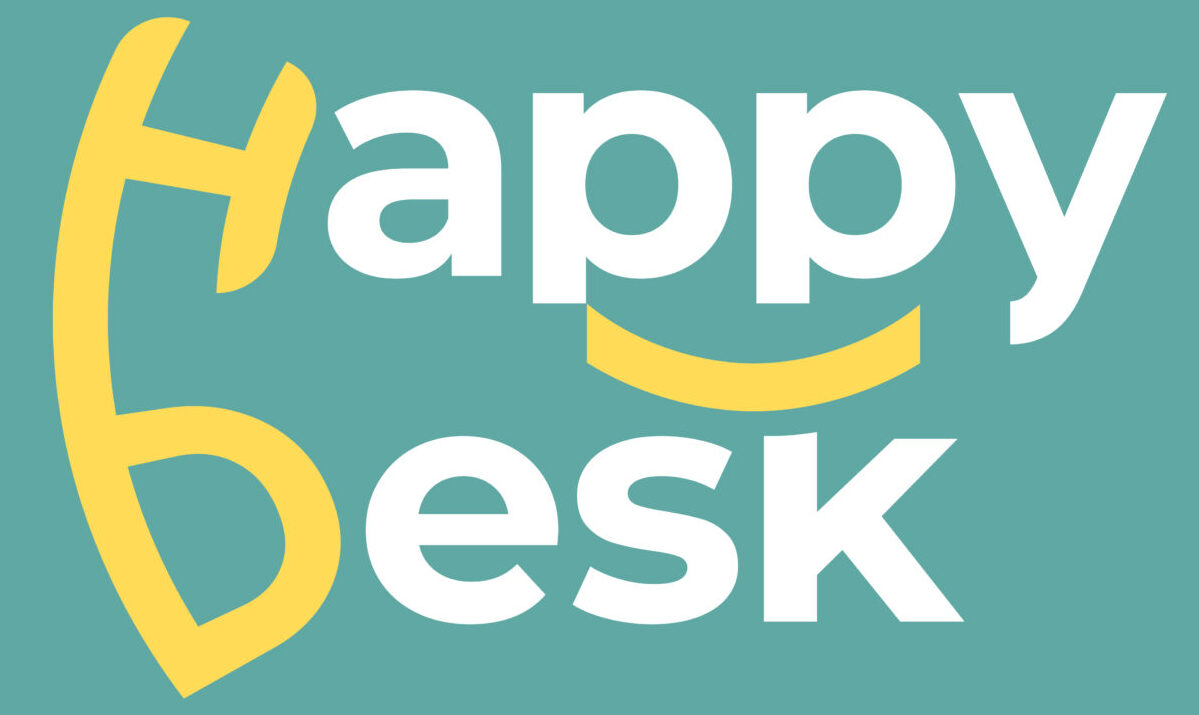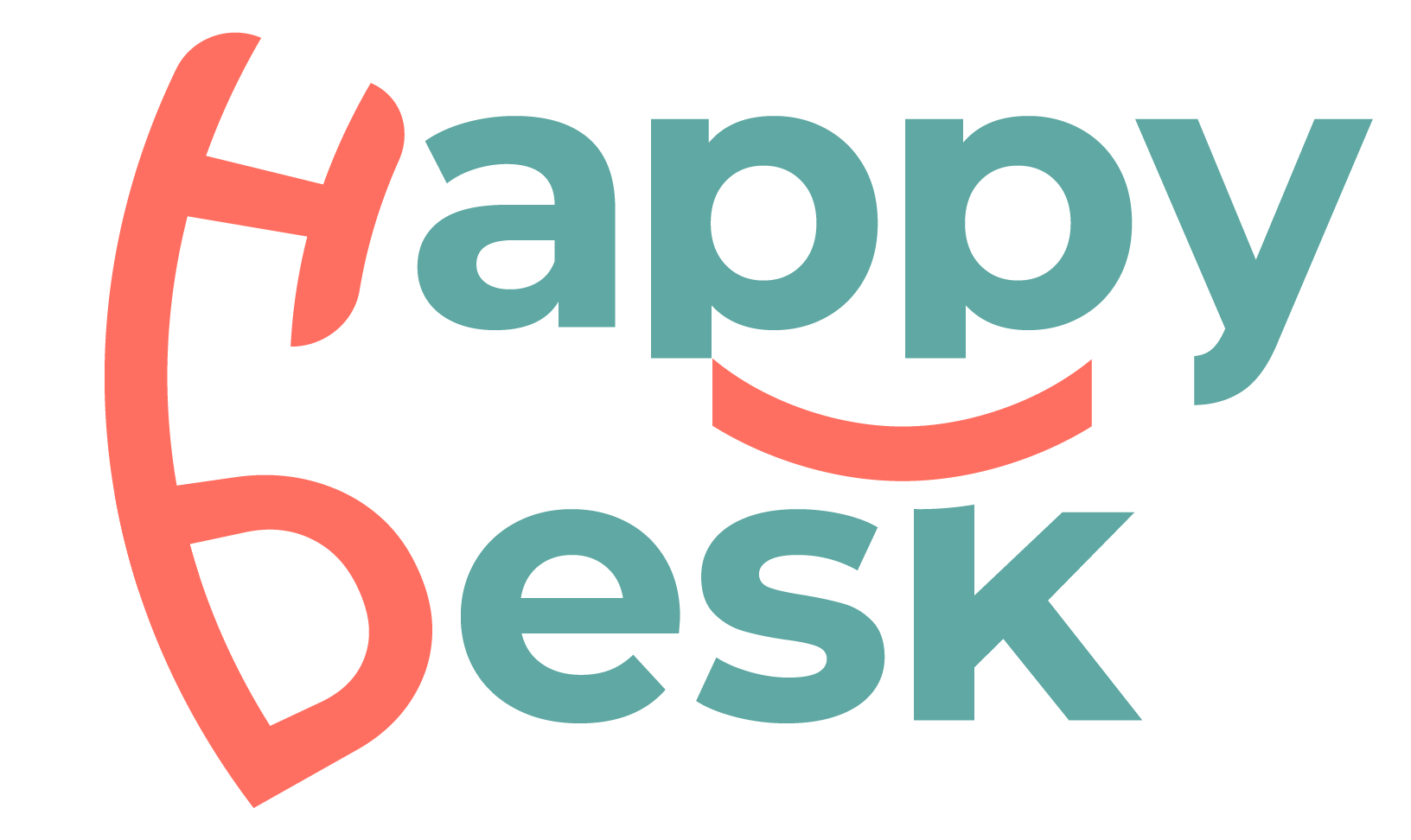When a potential client reaches out to your practice, it’s often a big step for them. They’ve finally decided to ask for help and are hoping for a sign that they’re in the right place. What happens next can either reassure them or make them hesitate to follow through.
For many therapists, client communication systems grow little by little. A voicemail greeting recorded months ago. Emails replied to between sessions. Intake forms set up quickly to get by. These solutions work for a while—until they start causing more stress than they save.
As your practice grows, even small flaws in your communication flow can lead to missed calls, frustrated clients, and more admin work than you ever expected.
Why Client Communication Shapes Your Practice
The first impression you make often happens before the first session. For prospective clients, that first call, email, or online form is their glimpse into how organized and supportive your practice feels.
When communication systems aren’t running smoothly, the effects can build up:
- New clients may give up before booking.
- Returning clients may feel left hanging between sessions.
- You may end up spending evenings catching up on messages instead of resting.
Good communication helps clients feel acknowledged and guided from the very start.
Where Communication Slows You Down
1. Slow Response Times
If you’re in sessions all day, it’s easy for calls and emails to pile up. But for someone reaching out, waiting hours—or even days—for a reply can feel like being ignored.
2. Missed Calls Without a Backup Plan
Most people won’t leave a voicemail anymore. If they don’t reach a person right away, they’re likely to call the next therapist on their list.
3. Too Many Places to Check Messages
When client communication comes through phone, email, text, and even social media, it’s easy for something important to get overlooked.
4. Confusing Onboarding
If intake paperwork isn’t clear or if next steps aren’t explained well, clients may get stuck before they ever make it to their first session.
How to Make Client Communication Easier
Bring Everything Into One Place
Use a HIPAA-compliant system to handle all your client communication in one spot. This makes it easier to stay on top of messages.
Set Clear Reply Guidelines
Decide how quickly you want to respond and let clients know what to expect. A friendly auto-reply can set the tone while giving you space to follow up.
Use Your EHR’s Features
Take advantage of tools like appointment reminders and secure intake forms to keep things moving without adding extra work for yourself.
Get Help When You Can
You don’t need to handle everything alone. Even a few hours a week of admin support can cut down on missed calls and help you stay focused on your clients.
Quick Self-Check: Is Your System Working?
- Do you often reply to calls and emails after your scheduled work hours?
- Have client inquiries fallen through the cracks recently?
- Do new clients sometimes seem confused about what to do next?
- Does your inbox feel overwhelming some days?
If you said “yes” more than once, it might be time to adjust your system.
Frequently Asked Questions
How can I respond faster without hiring a full-time staff person?
Consider using a virtual receptionist service for live call answering and basic client support during the hours you’re unavailable.
Will automation feel impersonal to clients?
Not if you use it thoughtfully. Appointment reminders and confirmations can save time while still leaving space for personal touches when needed.
What’s the first step to improving my systems?
Start by noticing how long it takes you to return calls and emails. That will help you see where changes are most needed.
Make Every Client Feel Seen
When your communication runs smoothly, clients feel supported and confident in their choice to work with you. And you gain more time and energy to focus on providing care.
Want to simplify your client communication and keep your practice responsive? Contact us today to see how Happy Desk can help.







